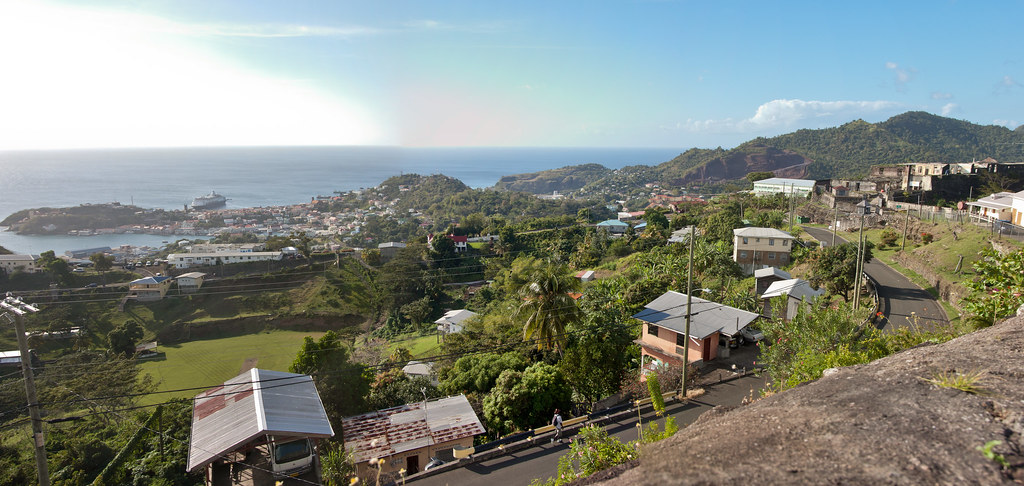
Above: The view from Fort Frederick on a ridge 800 feet above sea level, looking at downtown St. George's with the Maasdam docked centre.
The island was first settled by the French in 1649 and from that time until 1763 it was a French colony. Grenada was formally ceded to Britain by the Treaty of Paris in 1763 and then gained its independence in 1974.

Above: One of the Forts at St. George's.
In 1983, the moderate government was over-thrown by a strongly pro-communist coup, which saw the prime minister executed. On October 25 combined forces from the United States and from the Regional Security System based in Barbados invaded Grenada. President Reagan was worried that Cuba – under the direction of the Soviet Union – would use Grenada as a refuelling stop for Cuban and Soviet airplanes loaded with weapons destined for Central American communist insurgents. The invasion was highly criticised by head of state HM Queen Elizabeth II and the governments of Britain, Trinidad and Tobago and Canada but it succeeded in re-establishing democracy on the island.

Above: The view of St. George's from the ship.
Grenada is also known as the "Island of Spice" due to the production of nutmeg and mace crops of which Grenada is one of the world's largest exporters. Nutmeg was introduced to Grenada in 1843 when a merchant ship called in on its way to England from the East Indies. Grenada's nutmeg industry now supplies nearly forty percent of the world's annual crop.
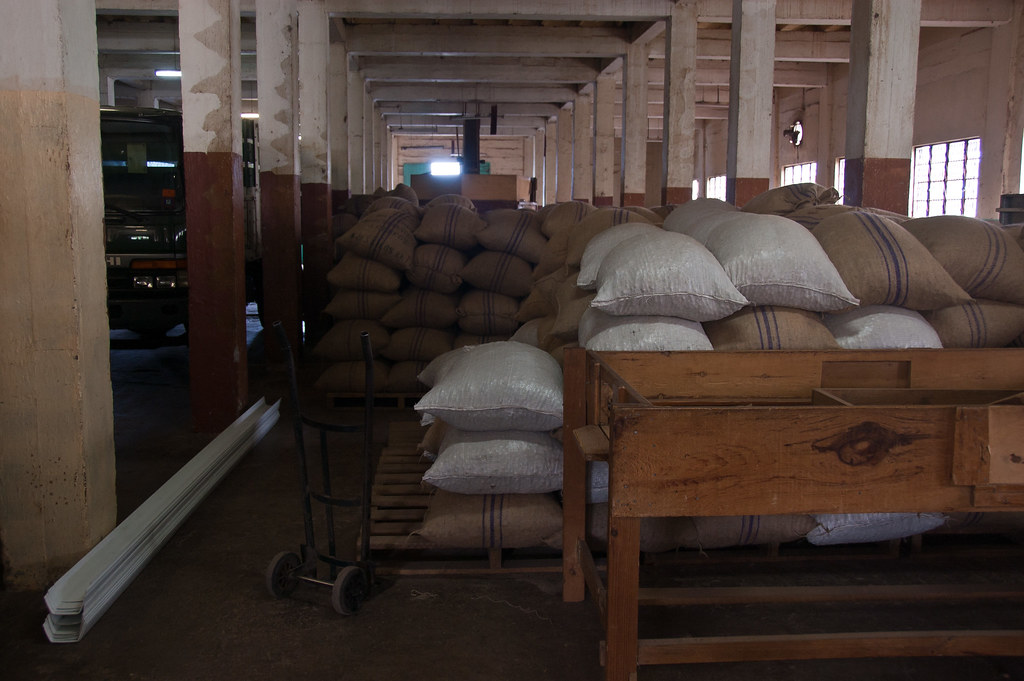
Above: Bags of nutmeg at a local factory we visited.
We visited a nutmeg factory which was housed in an old wooden building from the 1950s. They had a whole floor of drying racks for the nutmeg:

The island of Grenada is of volcanic origin with extremely rich soil. Grenada’s interior is very mountainous with Mount St. Catherine being the highest at 840m.

Above: Grand Etang is a cobalt-blue crater lake situated a breathtaking 1900 feet above sea level in an extinct volcano
Several small rivers with beautiful waterfalls flow into the sea from these mountains. The climate is tropical: hot and humid in the rainy season and cooled by the trade winds in the dry season. Grenada, being on the Southern edge of the hurricane belt, has suffered only three hurricanes in fifty years.
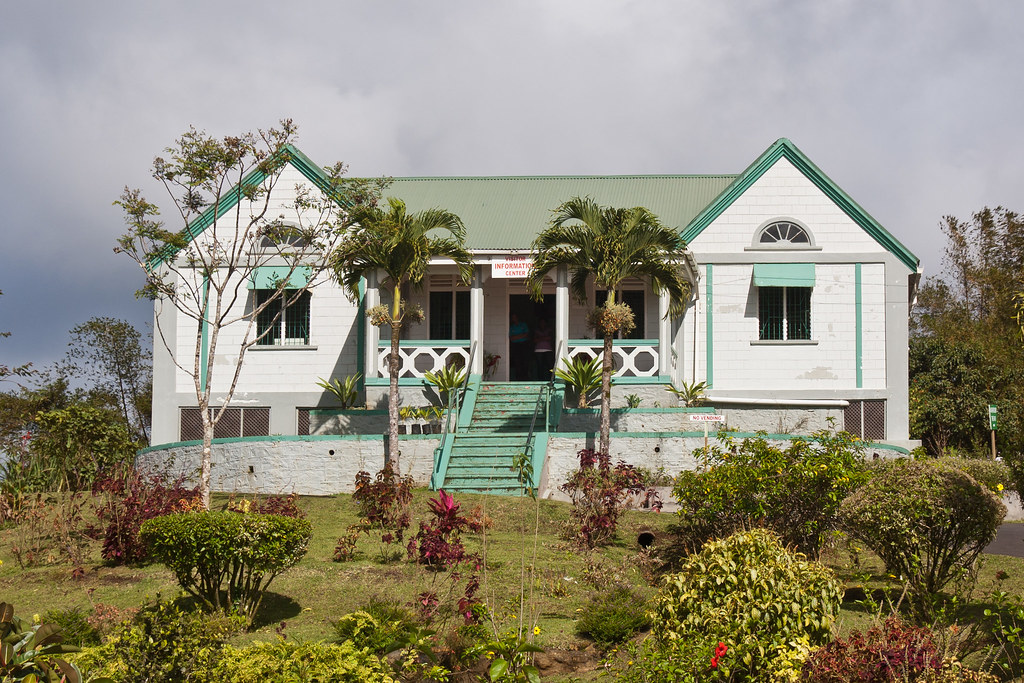
Above: The visitor centre next to Grand Etang Lake.
During our tour we also visited the River Antoine Estate where we experienced the age-old rum making process.
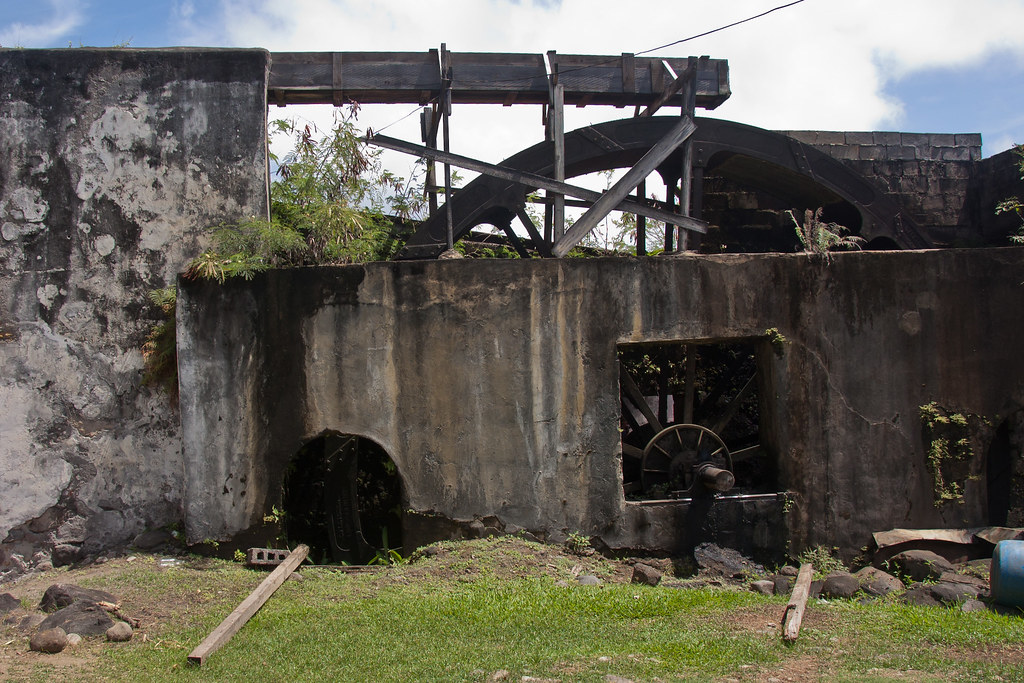
Above: The oldest functioning water wheel in the Western Hemisphere.
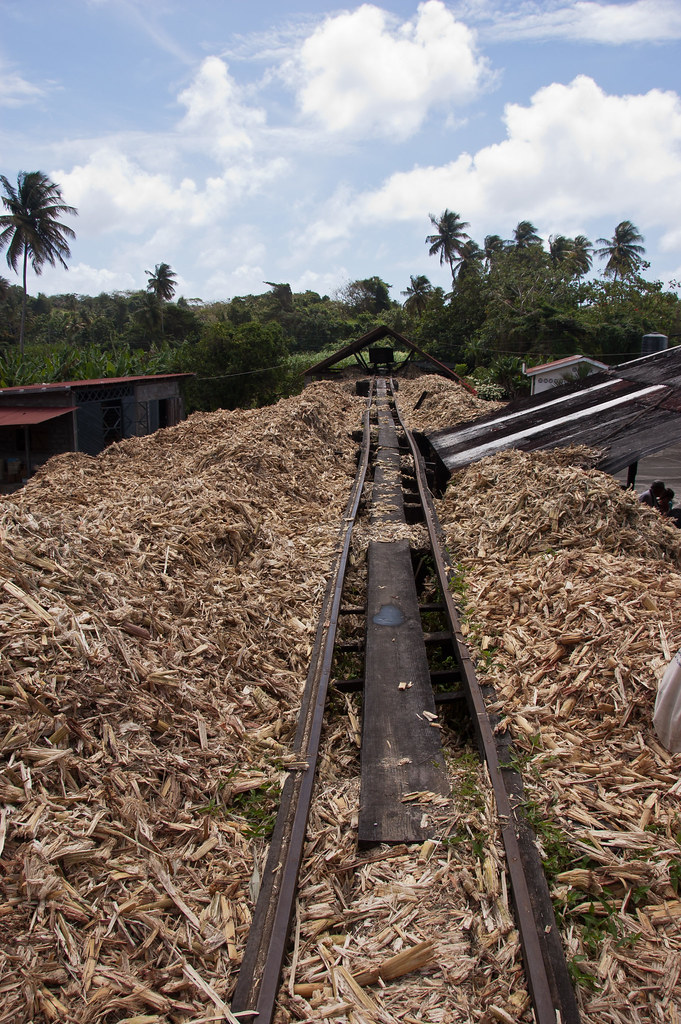
Above: Discarded sugar cane forms a path through the rum factory.
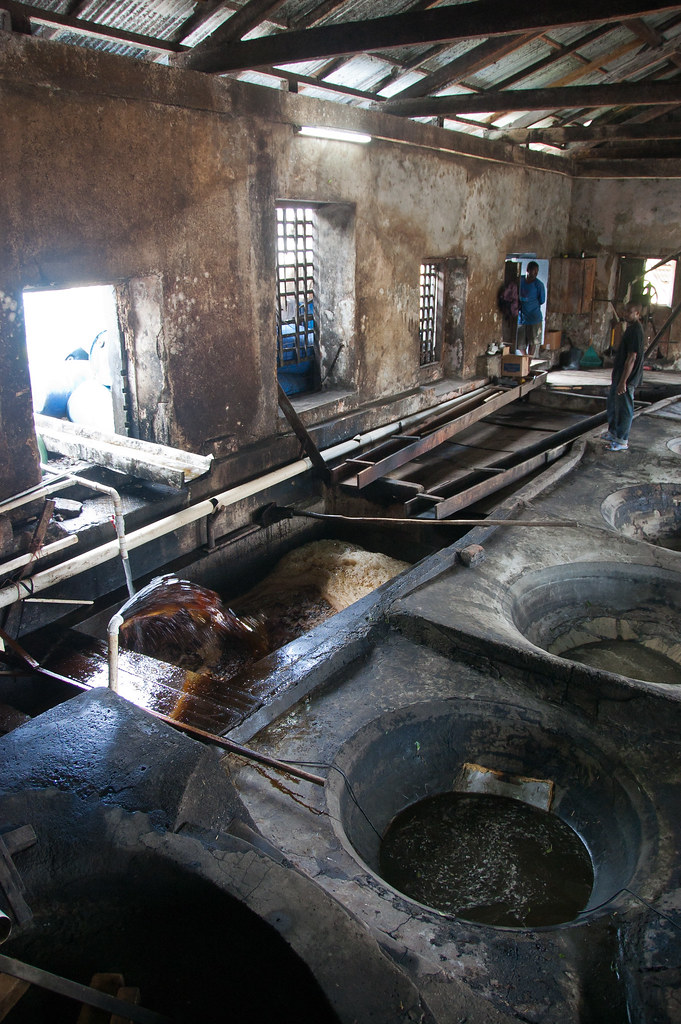
Above: The inside of the factory with pools of liquid sugar.
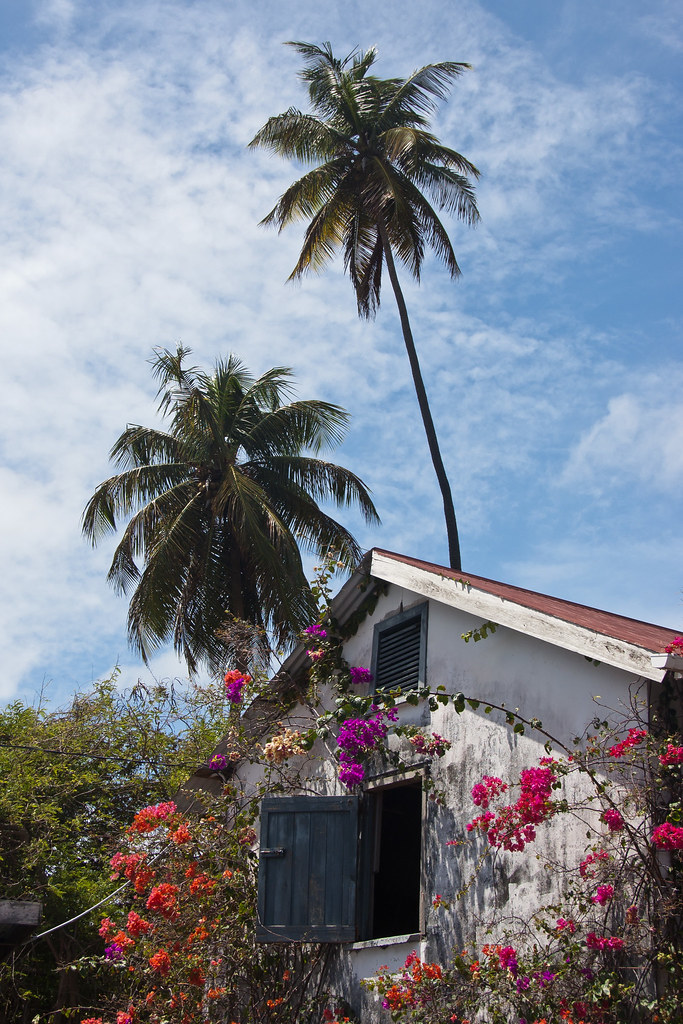
Above: One of the more beautiful parts of the rum estate.
I hope you enjoyed this tour of the island. We have visited so many islands on my cruise that it is difficult to keep track so this blog is a great way to organise everything! I'll leave you with a final shot from Fort Frederick of inland St George's.


wonderful.
ReplyDelete